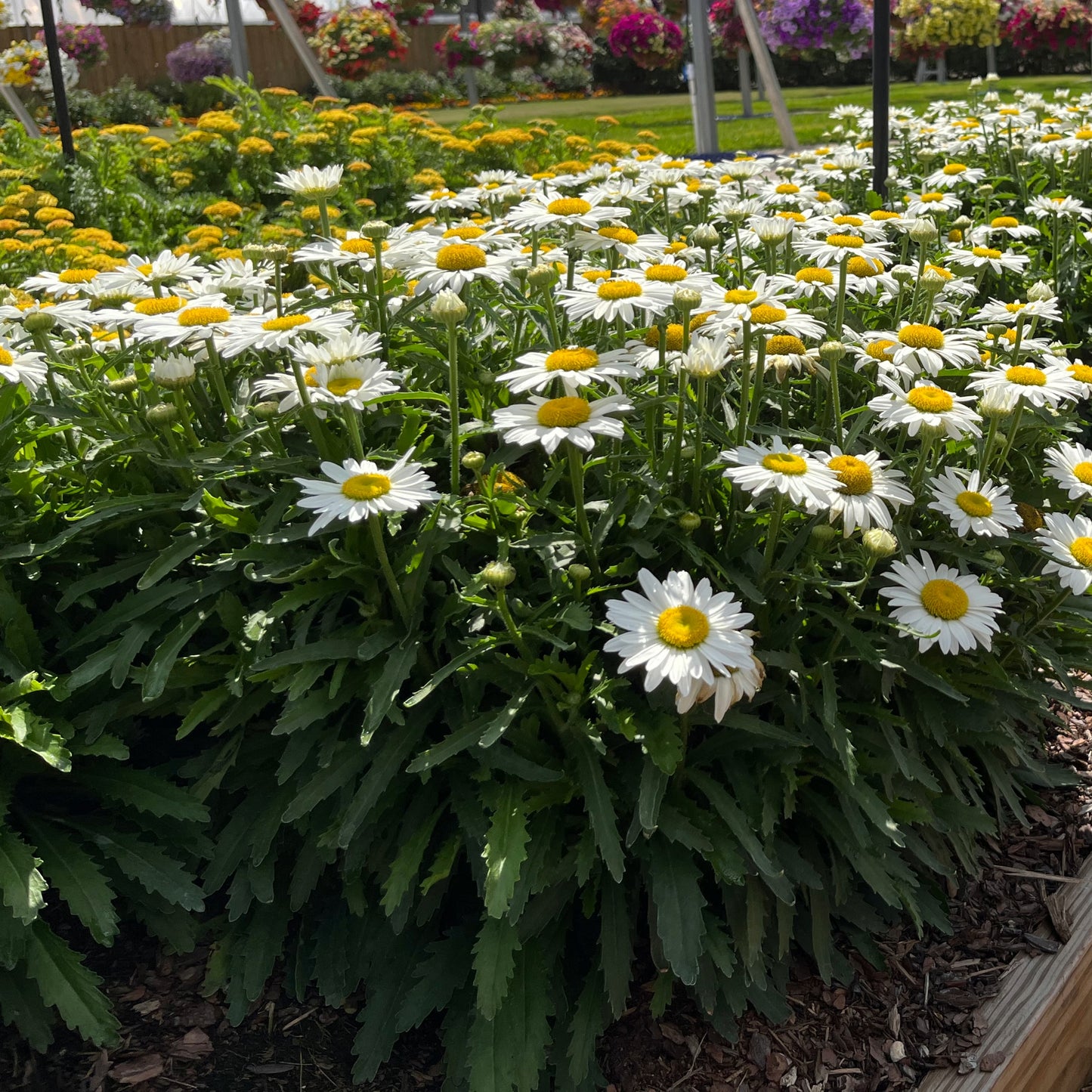Leucanthemum x superbum 'Becky'
Leucanthemum x superbum 'Becky' – 'Becky' Shasta Daisy
Leucanthemum x superbum 'Becky' – 'Becky' Shasta Daisy
Exposure
- Sun
Rusticity
Bloom time
- June
- July
- August
- September
- Classic, timeless daisy
- Sturdy stems, no flopping
- Very long summer bloom
- Excellent cut flower
- Resistant to deer
'Becky' Shasta Daisy is an essential perennial and one of the best-performing daisy varieties on the market. It captivates with its classic and cheerful look, but stands out above all for its exceptional sturdiness. Its main benefit is its ability to produce an abundance of flowers on very sturdy stems that never flop, even after a heavy rain. It is the perfect plant to achieve the timeless effect of daisies, completely worry-free.
Characteristics
- Foliage: It forms a dense clump of deciduous foliage, dark green and somewhat glossy in appearance, that stays beautiful all season.
- Flowering: From early summer to early fall, the plant produces a profusion of large, classic daisy flowers. Each flower features pure white petals surrounding a large, golden-yellow center. The flowers are borne individually atop straight and very sturdy stems.
- Light: It demands full sun for maximum flowering and strong stems.
- Habit: It forms a low clump of foliage from which the flower stems rise, creating an upright and bushy habit.
- Growth: With a medium growth rate, it reaches a height of 90 to 120 cm (3-4 feet) in bloom, with a spread of 60 to 90 cm (2-3 feet).
- Soil: It thrives in average garden soil, but it must be absolutely well-drained. It does not tolerate heavy, wet soils, especially in winter.
- Hardiness: Very hardy, it faces Zone 4 winters without any problem.
- Resistance: This robust plant resists deer and rabbits very well.
Uses
- Types of Use: It is a mainstay of sunny perennial borders and cottage-style gardens. It is magnificent in mass plantings for a meadow-flower effect, or in small groups.
- Ornamental Features: Its classic, cheerful white and yellow flowers pair well with all other colours in the garden. It is an exceptional cut flower that lasts a long time in a vase.
Care
- Watering: Water regularly during the first season. Once established, it tolerates dry conditions well, but watering during a prolonged heatwave will extend the bloom.
- Fertilizing: It is not very demanding. A spring application of compost is more than enough.
- Pruning: Regularly remove faded flowers (deadheading) to encourage the plant to produce new blooms and thus extend the flowering period into the fall. Cut the stems back to the ground after the first hard frosts.
- Planting: Plant it in the spring in a very sunny location, in soil that does not retain water. Divide the clumps every 2 or 3 years if the center becomes less floriferous.
- Winter Protection: No protection is required, but ensure the drainage is excellent to prevent root rot in winter.
Plant details
Dimensions
Dimensions
Characteristics
Characteristics
Habit:
- Bushy
Flowering colours:
- White
Plant needs
Plant needs
Watering:
- Tolerates dry, well-drained soil
Maintenance:
- Easy
- Deadhead
- Divide
Soil requirement:
- Well drained
Features
Features
Resistance:
- White-tailed deer
- Hare and rabbit
Attract:
- Butterflies
- Pollinators
Use:
- Border
- Specimen
- Mass planting
- Container
- In ground
Attribute:
- Cut flower
- Long blooming
- Successive blooming
Related articles
-
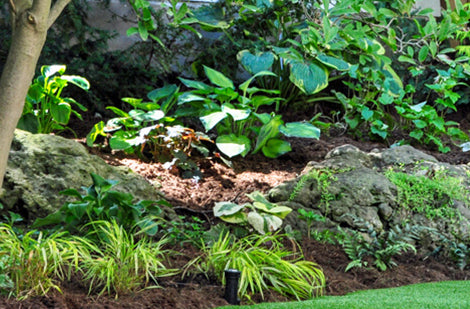
Perennials for all occasions
Read the articleOsez créer des associations inédites qui sauront refléter votre personnalité, même si pour cela vous deviez déplacer certaines vivaces pour mieux les mettre en valeur.
-
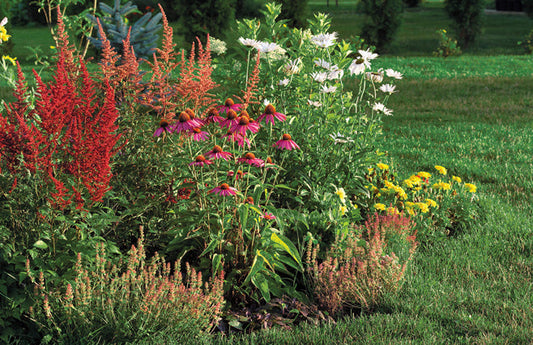
Landscaping with perennials
Read the articleVariétés à découvrir, la tomate se savoure crue, en sandwich, en bruschetta ou en salade. Cuite, c'est l'ingrédient de base de sauces, soupes et salsas.
-
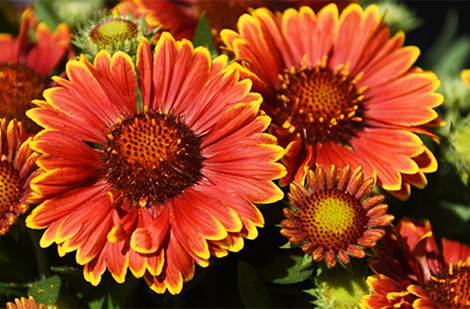
Perennials proper maintenance: cut and fertilize
Read the articleLa grande popularité des vivaces vient du fait qu'après avoir été oubliées pendant des mois au cours de l'hiver, elles réapparaissent sur la scène plus énergiques et surprenantes que par...
-
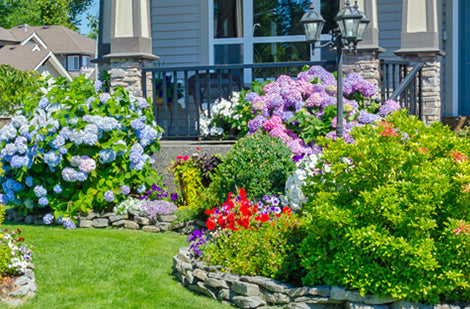
How to plant perennials in your garden
Read the articleEn pénétrant au jardin, ce sont souvent les plantes vivaces que l’on remarque en premier. Un massif de sauges, d’hémérocalles, d’astilbes, d’échinacées ou de lavande offre un spectacle d’une beauté...














